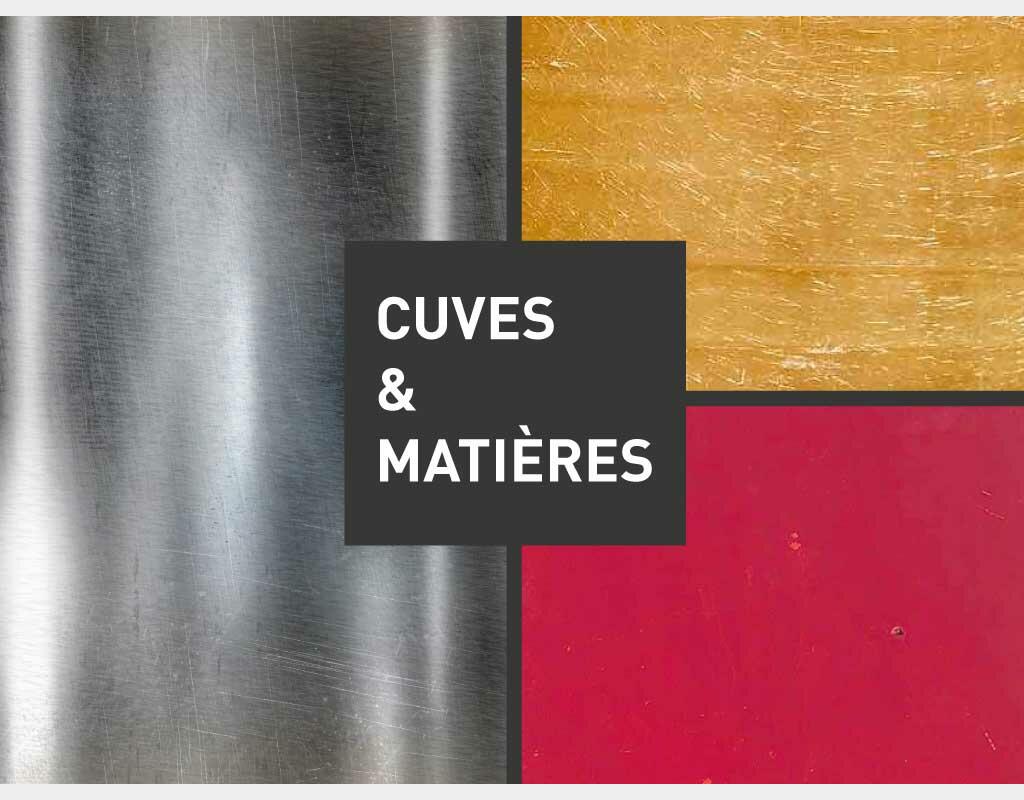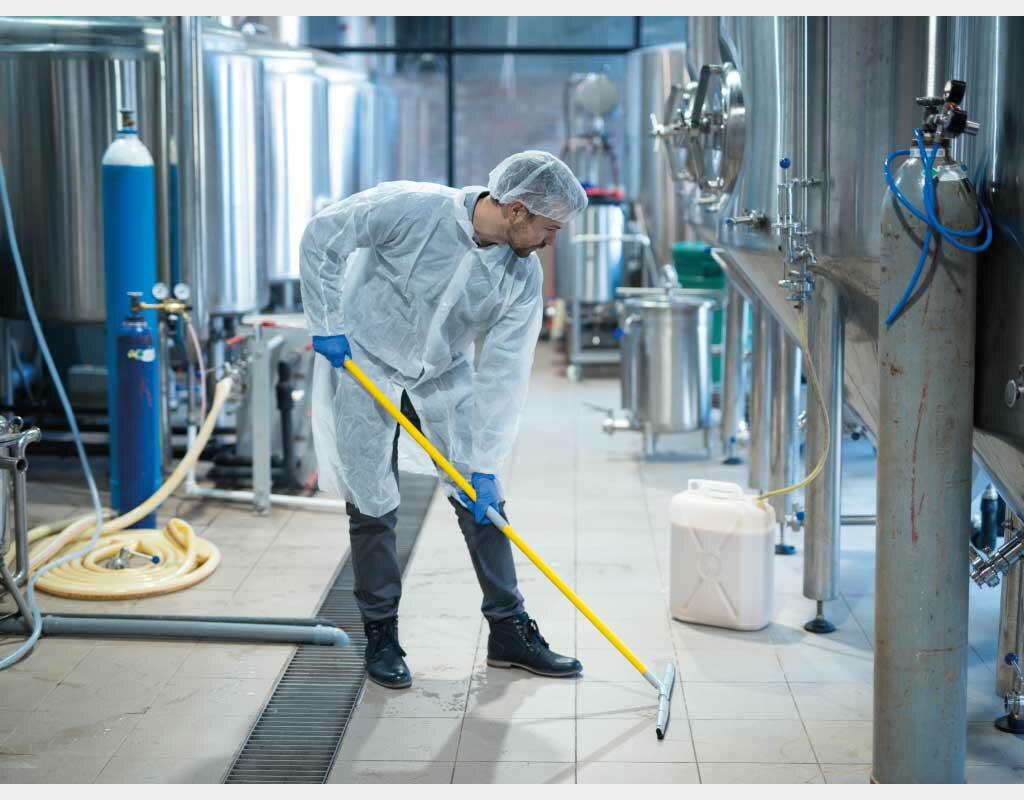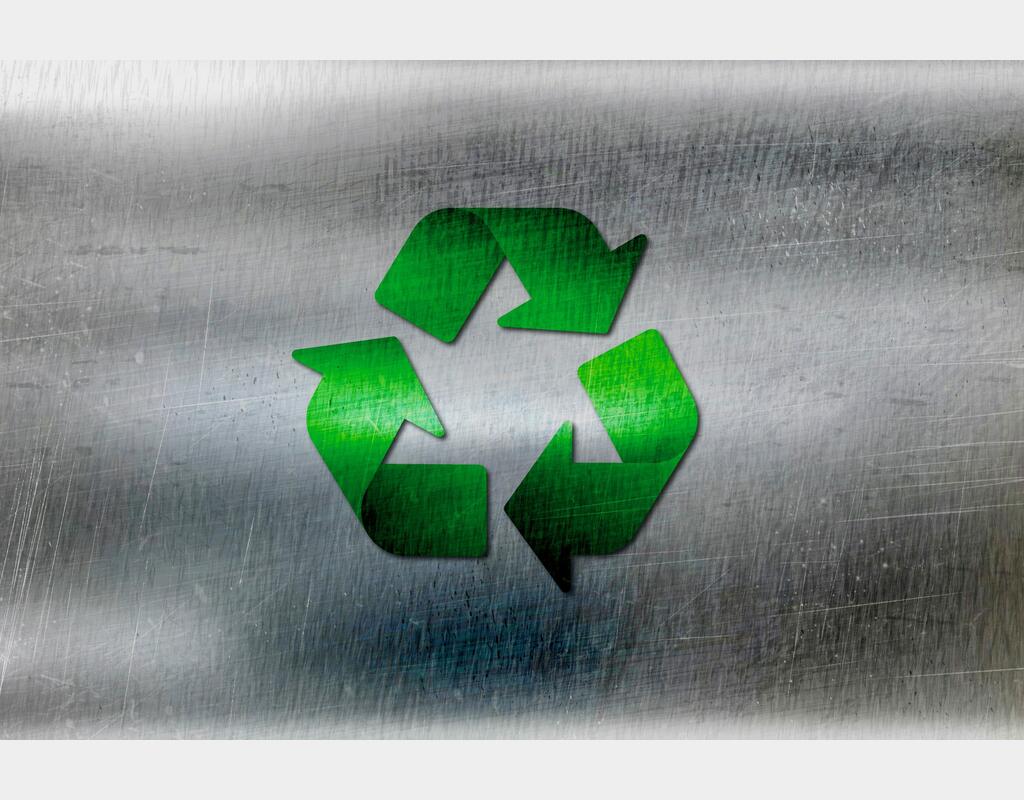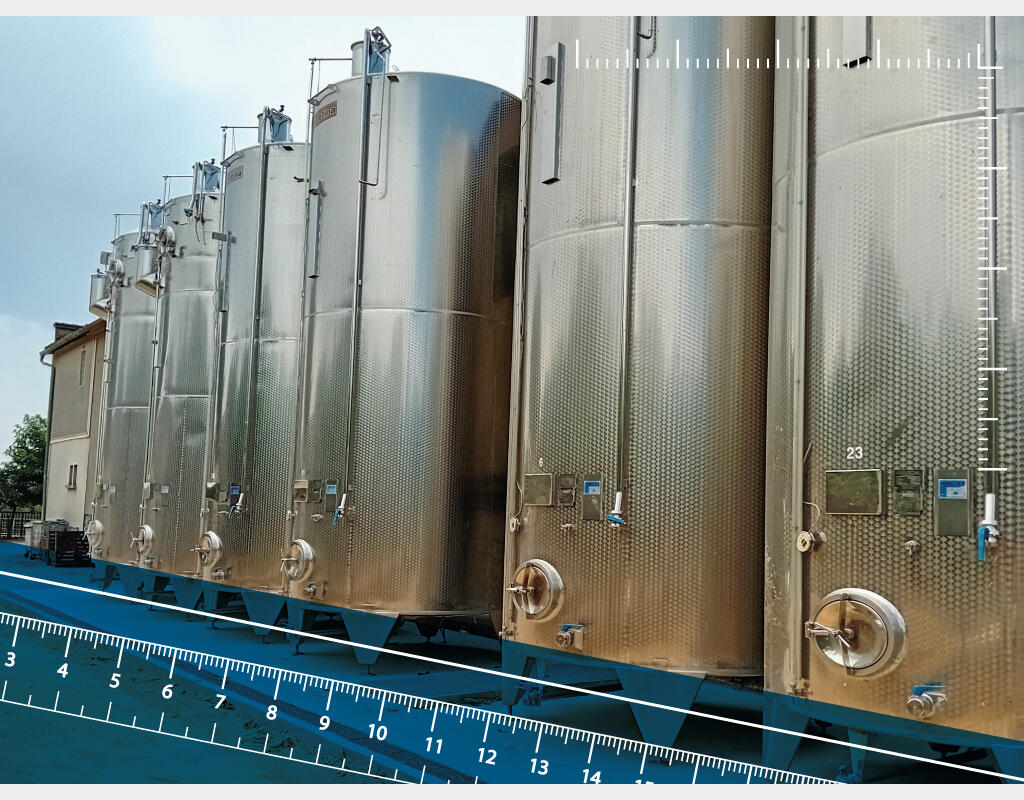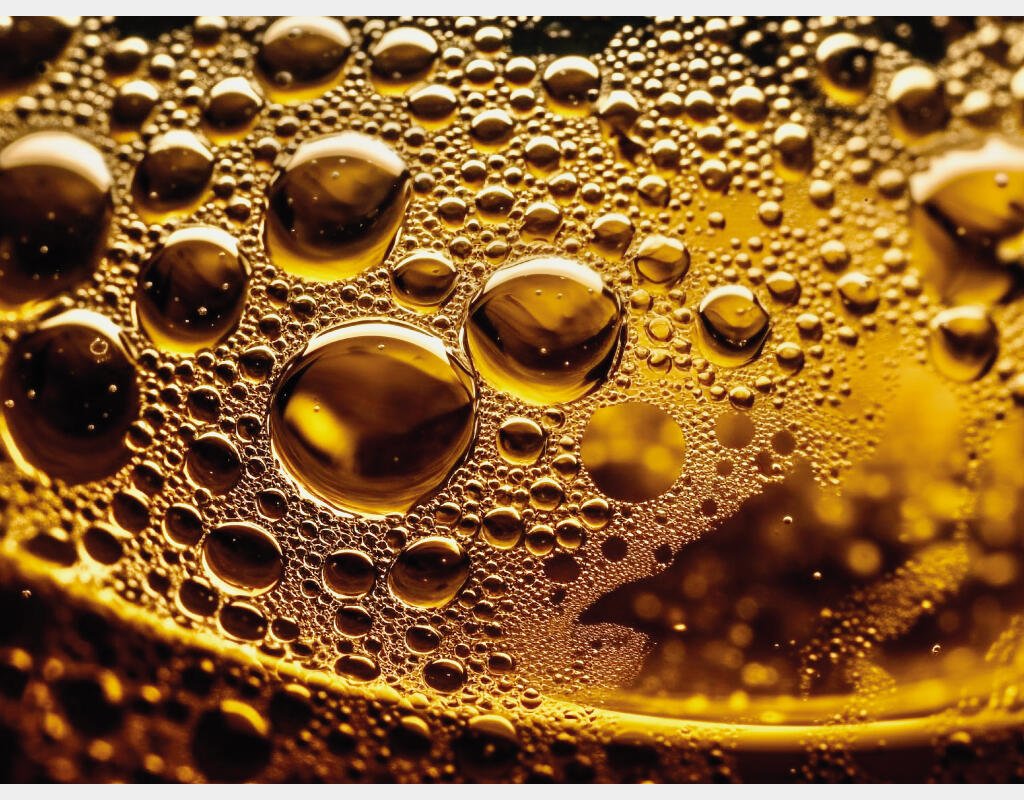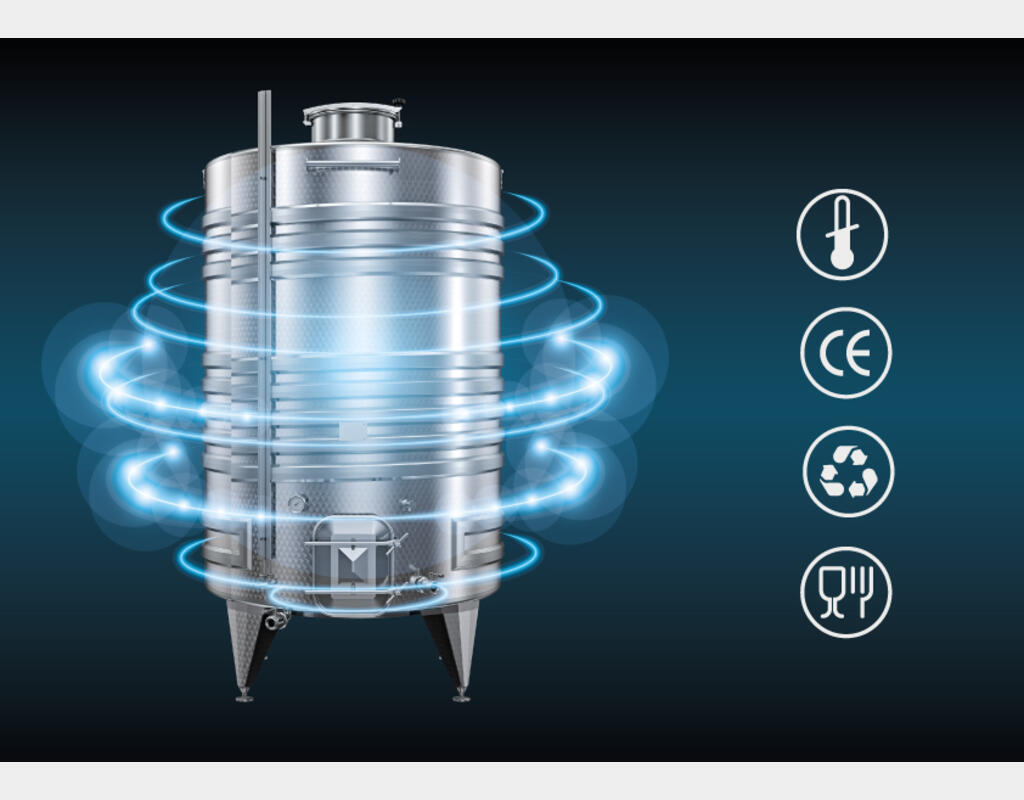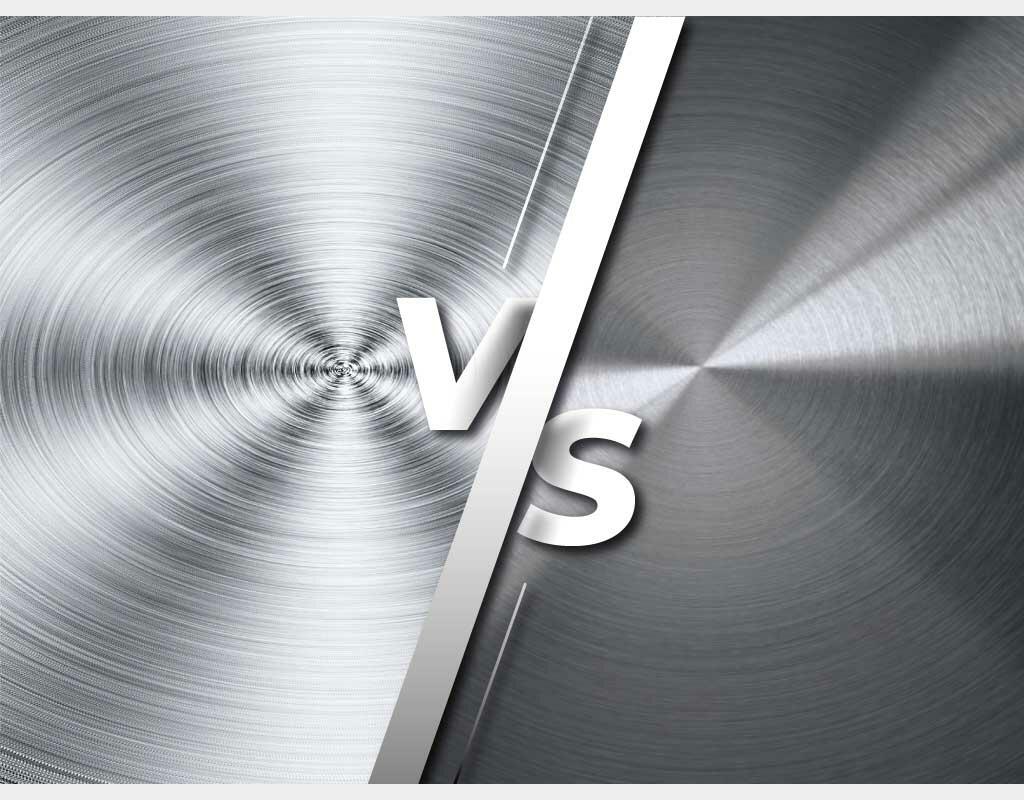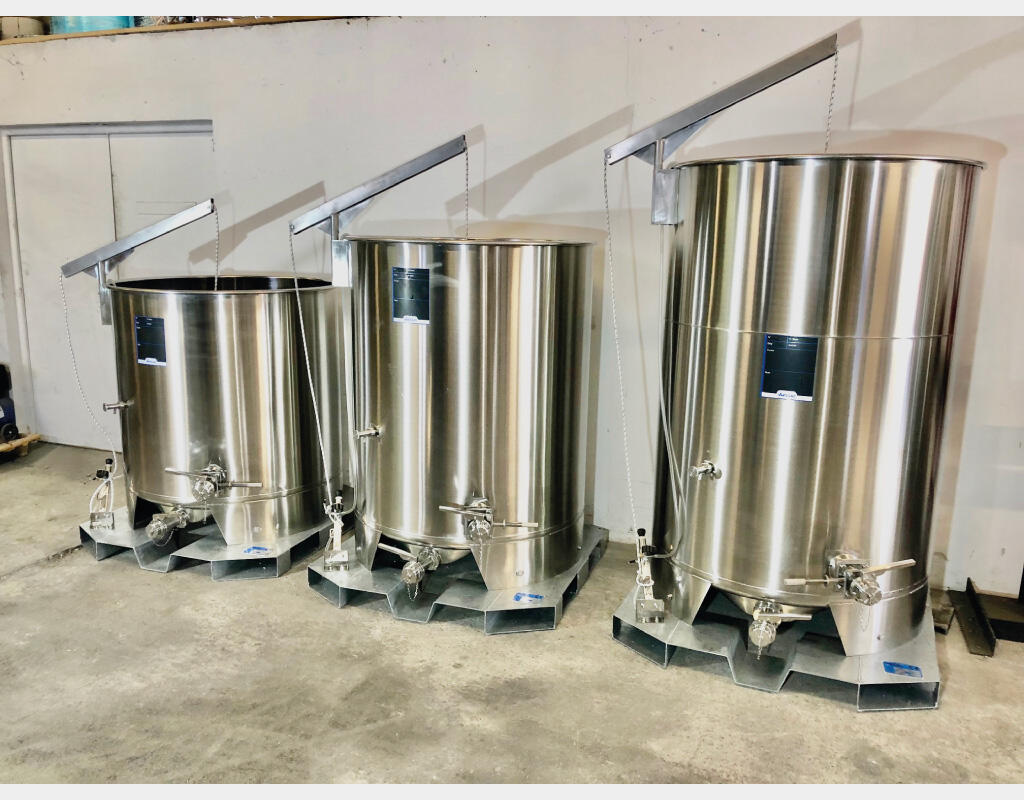The domes of the vinification tanks
Understanding the impact of vats on winemaking
Winemaking is a complex art, where every detail counts to create an exceptional wine. Among the many elements that influence the fermentation process and the quality of the wine, tanks play a crucial role. Each type of tank has specific characteristics that can transform the aromatic profile of the wine. In this article, we explore in detail the three main types of tank used in wineries, focusing on their implications for winemaking.
tanks with open dome
Vats with an open dome are often used for fermentation in the open air, mainly for red wines. Their design allows an exchange of oxygen during the fermentation process, which influences the aromatic profile of the wine.
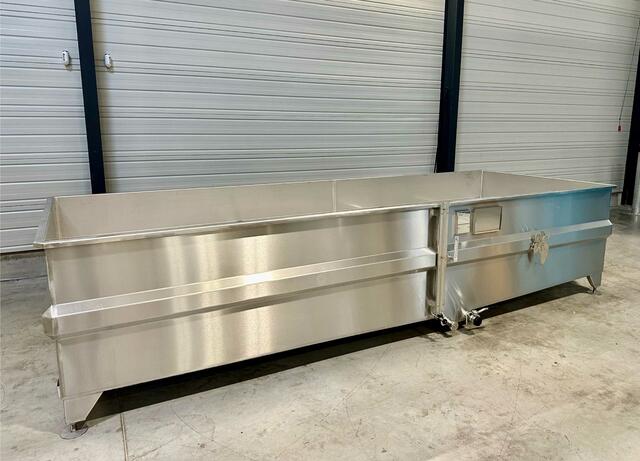 |
| Tank Belon 304 stainless steel |
Here are some key points to remember :
Air exposure
Open-dome tanks allow direct contact with the ambient air. This encourages natural aeration of the must during fermentation, an essential process for red wines. Controlled oxygenation helps to soften the wine by eliminating certain phenolic compounds that are too astringent.
Spontaneous fermentation
Exposure to air also facilitates spontaneous fermentation, where indigenous yeasts naturally present on the grape skins trigger alcoholic fermentation. This can give the wine unique terroir-related characteristics.
Manual stirring
In vats with an open dome, the must is often stirred by hand using a tool called "plunging" or "pigeage". This process helps to extract the aromas, tannins and colour that contribute to the wine's complexity.
Temperature control
During the fermentation process, temperature control is crucial. Some winemakers use external cooling or heating systems to maintain the optimum temperature of the must in open-dome tanks.
Versatility and small scale
These tanks are often used in small wineries or for specific batches. They offer winemakers the flexibility to work with small volumes, which may be necessary for experiments, parcel-based vinifications or limited editions.
Easy skin removal
After fermentation, the skins and pips are easier to remove from a tank with an open dome because of the direct access. This facilitates pressing and extraction of the wine from the pomace, allowing the winemaker to control the quality of the pressed juice.
tanks with closed dome
Vats with a closed dome are hermetically sealed during fermentation. They are commonly used for white and rosé wines, where the preservation of delicate aromas is crucial.
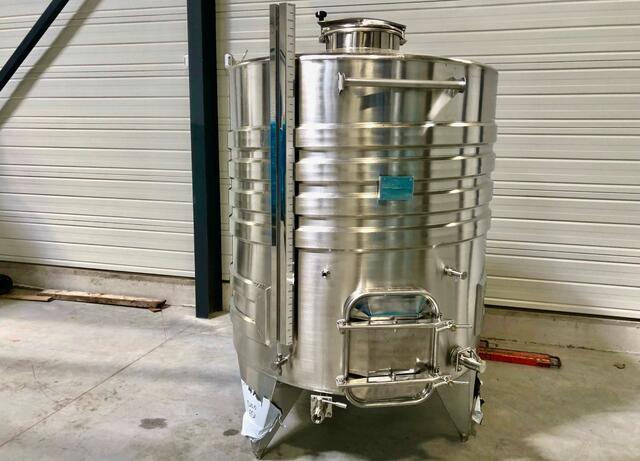 |
| 304 stainless steel tank - 25 HL |
Here's what you need to know:
Controlled fermentation
These tanks allow precise control of fermentation, including temperature, pressure and oxygen levels. These parameters can be adjusted according to the specific needs of the wine being produced.
Preservation of aromas
By limiting exposure to air, closed-dome tanks preserve the grapes' delicate aromas, which are essential for white and rosé wines. Fermentation takes place in an oxygen-free environment, preserving the integrity of the aromatic compounds.
Temperature control
These vats are often fitted with integrated temperature control systems, enabling winemakers to maintain constant temperatures during fermentation.
Eliminating the risk of oxidation
Because they are hermetically sealed, closed-dome tanks eliminate the risk of premature oxidation of the must or wine, ensuring more stable, long-lasting wines.
Easy to clean and maintain
Closed-dome tanks are generally easy to clean due to their hermetic design, guaranteeing a hygienic environment for winemaking.
Adaptability to selected yeasts
These tanks are ideal for fermentation with selected yeasts, encouraging the action of specific yeasts chosen to produce specific aromatic characteristics.
tanks with floating dome
Floating dome tanks are innovative equipment offering unique features for the production of top quality wines.
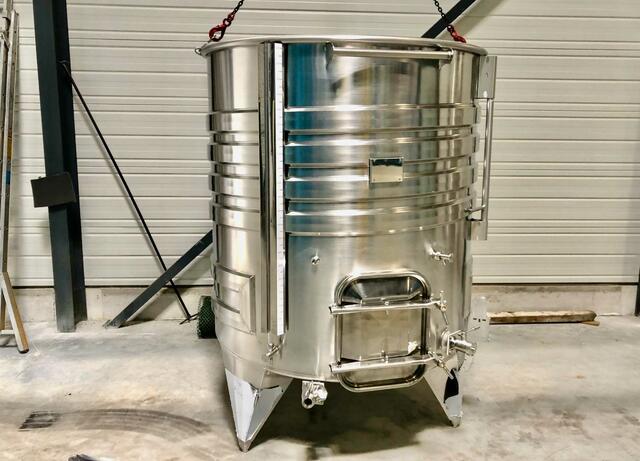 |
| 304 stainless steel tank - 23 HL |
Here are their specific features:
Automatic stirring
These vats automatically stir the must or wine, ensuring optimum extraction of aromas, tannins and colour.
Gentle extraction
Gentle automatic stirring minimises the extraction of unwanted elements, producing smoother, more balanced wines.
Adaptability to grape varieties
These vats allow winemakers to adjust the extraction process according to the specific characteristics of each grape variety.
Fermentation control
Regular brewing promotes regular and complete fermentation, guaranteeing efficient conversion of sugars into alcohol and aromas.
Easy to clean
The floating dome tanks are designed to be easy to clean, ensuring a hygienic environment for subsequent vinifications.
Optimising maceration
For red wines, the gentle movement of the floating dome encourages optimal maceration, producing wines rich in colour, flavour and structure.
Each type of vat has implications for the winemaking process and the final characteristics of the wine. Winemakers carefully choose the type of tank and dome according to the style of wine they want to produce, enhancing the desired aromatic and taste characteristics. In this way, winemaking becomes a true work of art, where science meets passion to create unique and memorable wines.
#tank #vinification #dome #wine #winegrower #oenology


